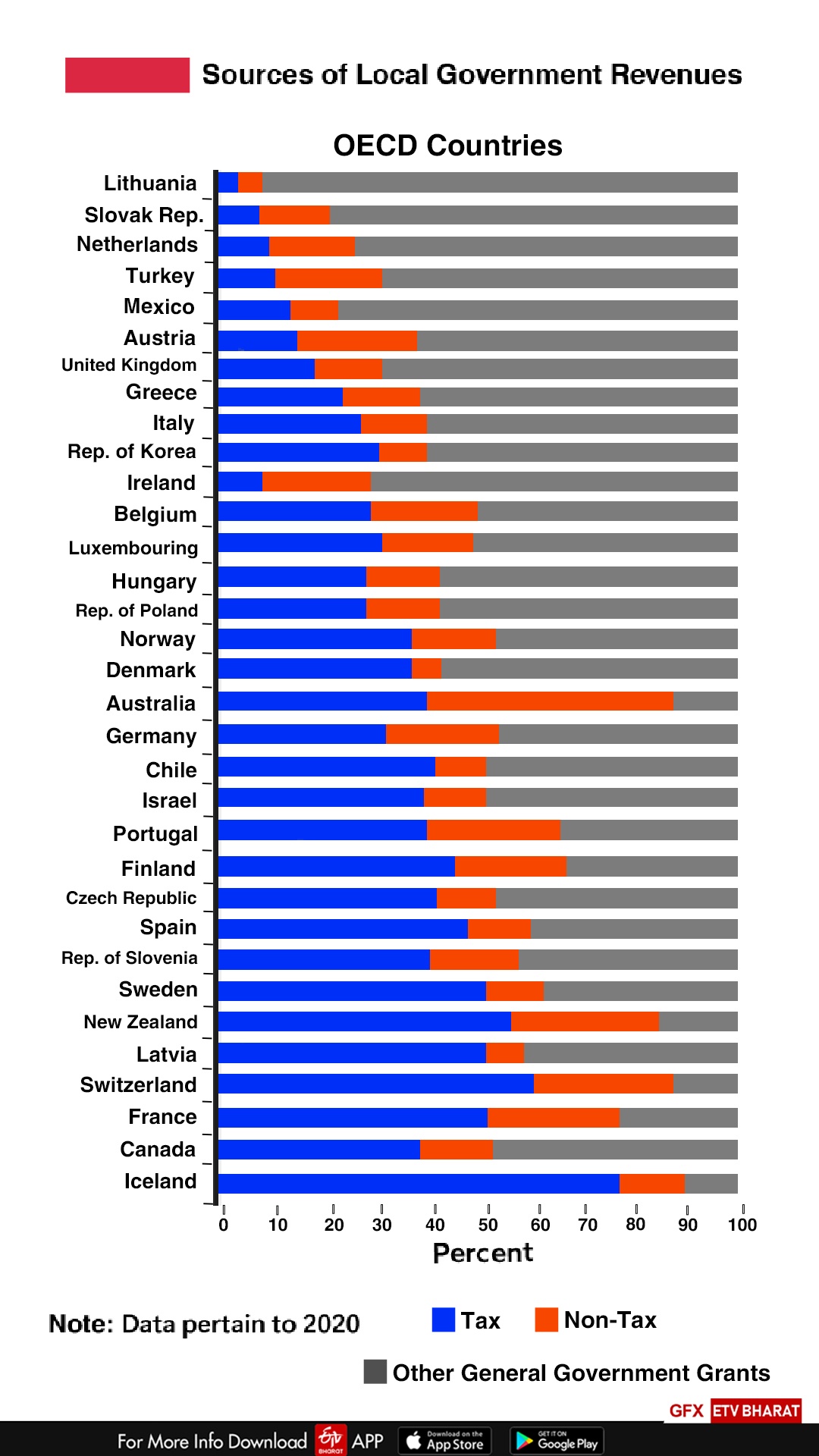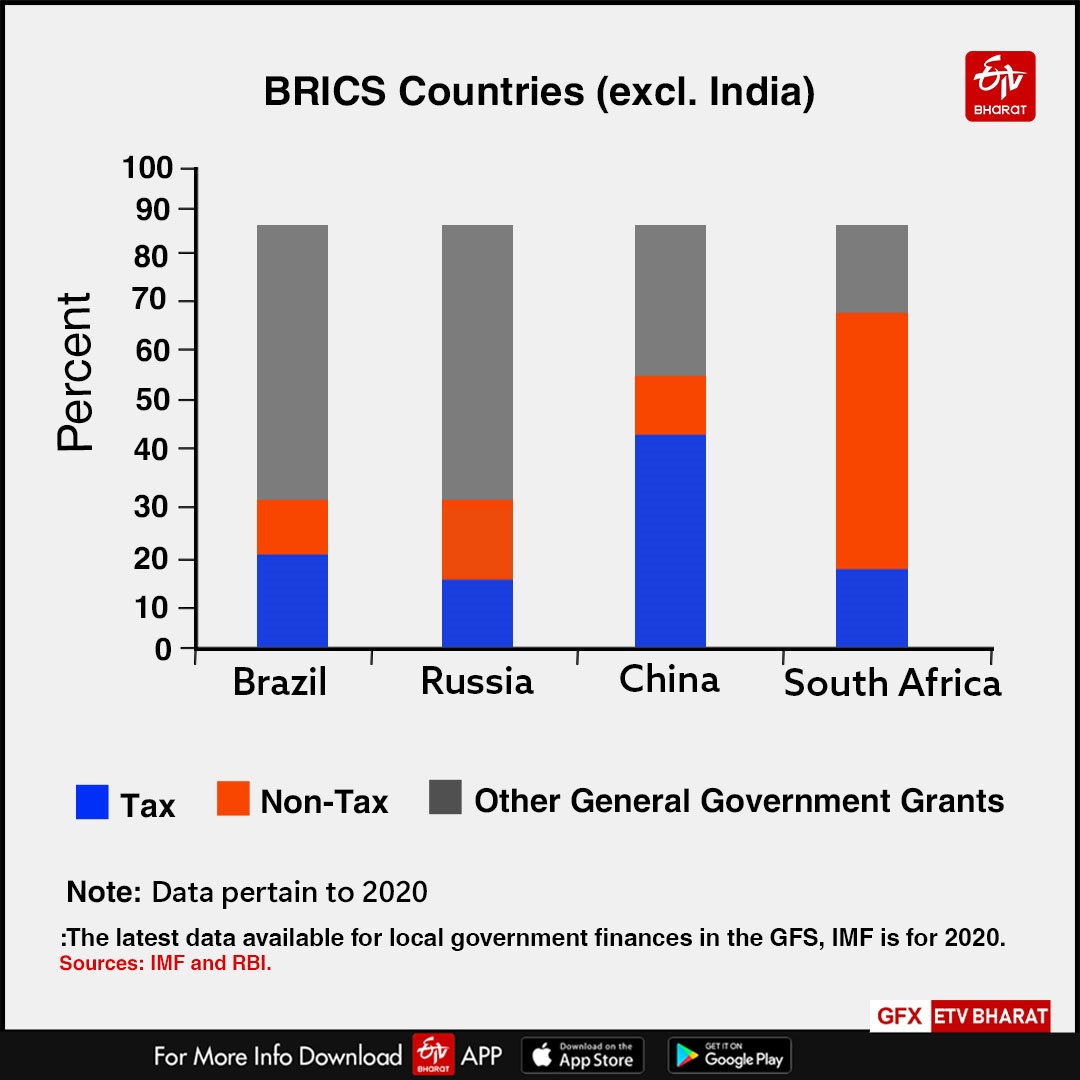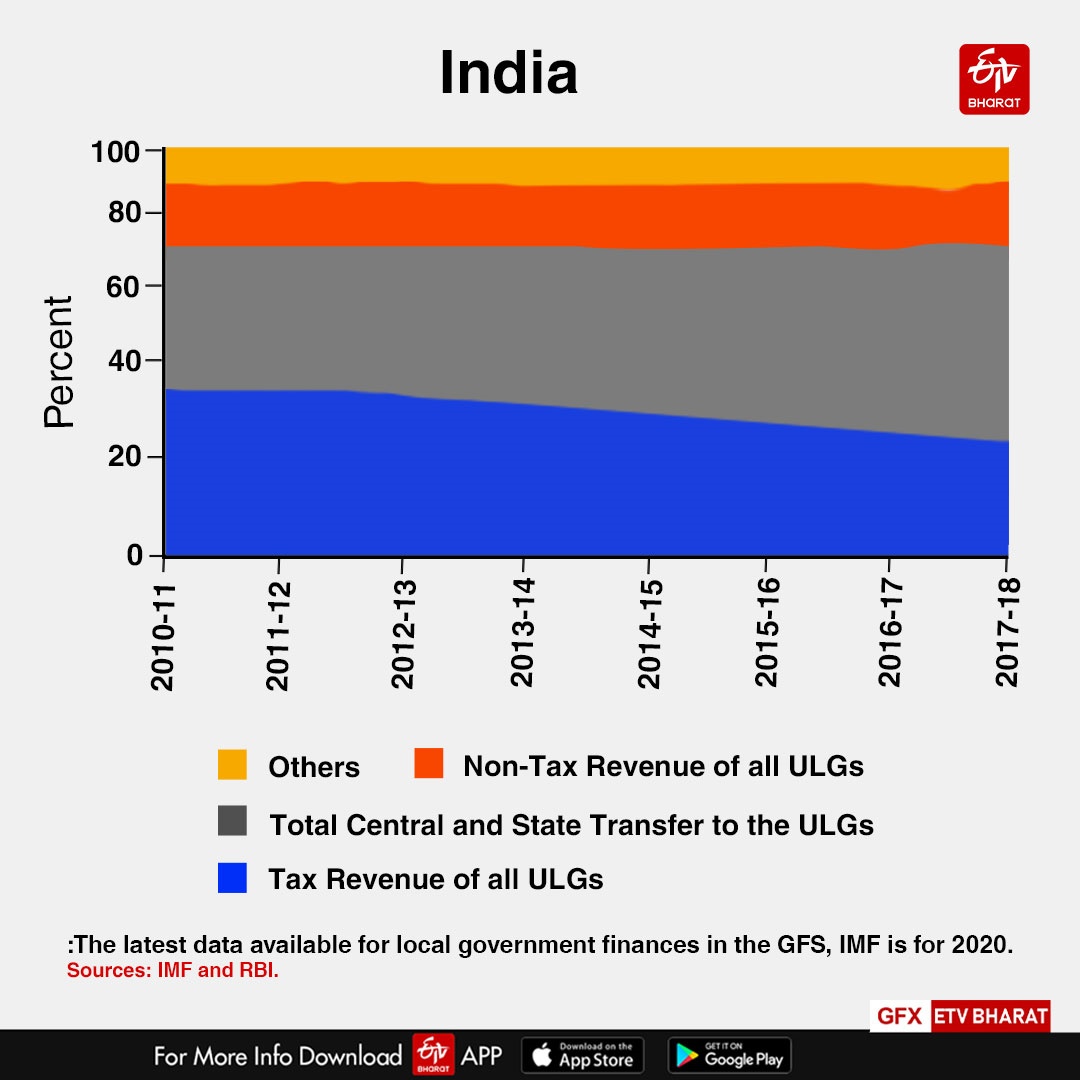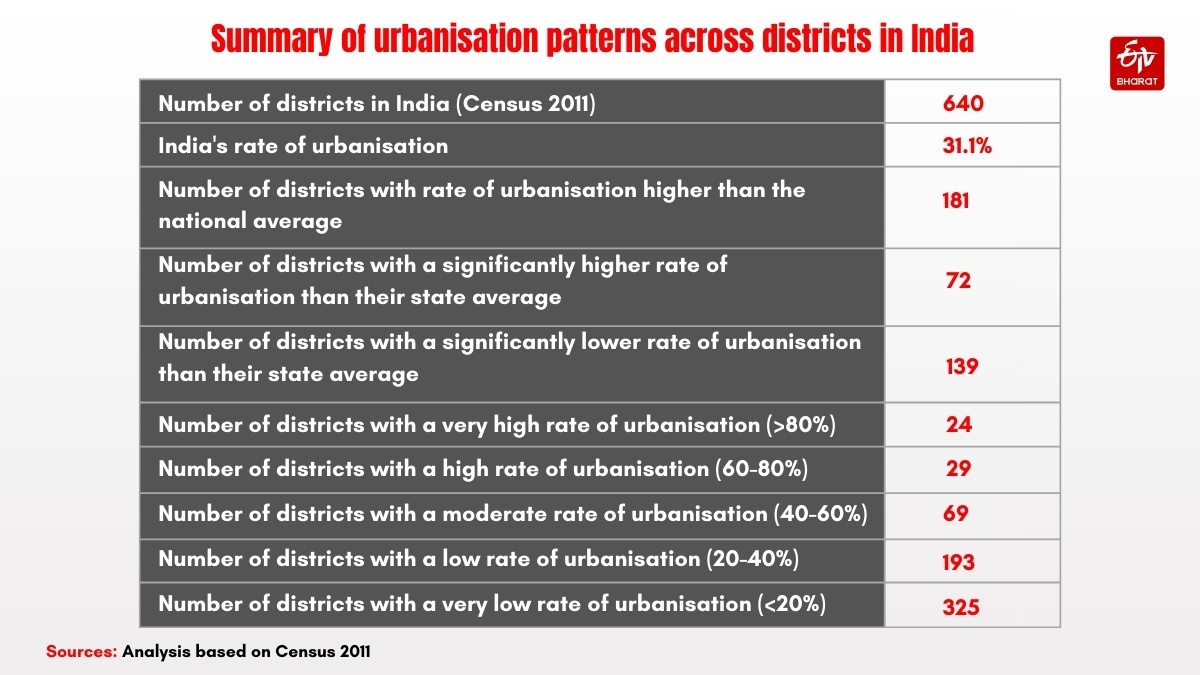By 2036, an estimated $840 billion of capital investment is needed for financing urban infrastructure in India. Grants from central and state governments are sufficient to cover only about one-fifth of the total investment requirement, necessitating the exploration of other innovative sources of financing by the city governments.
Recent budgets and official policy documents including the Reserve Bank of India Report (2022) on municipal finance have emphasised on municipal bonds as instruments for sustainable resource mobilisation. Yet, the development of the municipal bond market is at a nascent stage in India. In 2018, the share of municipal bond in total commercial debt raised by the Indian city governments was only about three per cent. This is in sharp contrast to the experience of municipal bond financing two-thirds of urban infrastructure investment in the US.
Exploring the time path of municipal bonds
Following the first issuance of municipal bond by the Bengaluru Municipal Corporation in 1997, the bond market witnessed growth until the mid-2000s. Nine MCs, with an average issue size of about Rs. 130 crores, raised Rs. 1,200 crores. Increase in central and state financial assistance under the JNNURM program moderated the of scale bond issuances during 2000-2017.
The SEBI introduced a new regulation for the issue and listing of municipal bonds in domestic stock exchanges in 2015. The regulation has specific provisions for maintenance of positive net worth by the city governments, investment credit rating of at least BBB grade, absence of default in debts repayments performance, escrowing of revenue for debt servicing, earmarking of city projects for utilising bond proceeds and transparency in financial accounting to strengthen the municipal bond market in India.
Moreover, under the AMRUT Program, the Government of India has also provided financial incentives in the form of a 2% interest subsidy for bonds. These initiatives have renewed the policy thrust on municipal bond. This is evident from the fact that, as on 30th April 2024, 16 municipal corporations have raised INR 2683.9 crores through municipal bond issuance.
In practice, state municipal Acts mandate the magnitude and modalities of borrowing powers of the city governments in India. Only the state governments of Bihar and Odisha permit their cities to issue municipal bond. Unlike the US experience of significant individual investment in municipal bonds, financial institutions are the primary investors in India. As per the Annual Survey of India’s City-Systems (2023) Report, almost two-thirds of the municipal bond proceeds have been used for capital expenditure of essential municipal services including water supply, sewerage, drainage projects in India.

Smaller city governments lack administrative as well as technical competency and are constrained by the prohibitive costs related to bond issuance fees and credit rating exercises. On average, city governments are required to incur issuance costs equaling about 1.5 per cent of the issue size. The state governments of Tamil Nadu and Karnataka set up the Water and Sanitation Pooled Fund (WSPF) to support the smaller cities in accessing the capital market resources on a pooled basis.
Debt repayment was ensured through a multi-layered credit enhancement mechanism in the form of (a) creation of debt service reserve fund at the state and local level; (b) creation of escrow account with revenues generated by the city governments and (c) provision for intercepting of state transfers as back up fund.
In 2006, the Union Government set up the Pooled Finance Development Fund (PFDF) to enhance the small and medium cities’ access to the capital market. There were provisions for credit rating enhancement funds and reimbursement of upto 75 per cent of the project development costs for approved bond issues. Some state governments (e.g., Andhra Pradesh, Karnataka, Orissa, Rajasthan, Tamil Nadu, Kerala) also established the State Level Pooled Finance Entity (SPFE) as the nodal agency for pooled financing. However, the city governments experienced difficulties in accessing the PFDF due to their inability to carry out financial and governance reforms as outlined in the JNNURM program. Moreover, a fixed interest rate cap of 8 per cent made the municipal bonds unattractive for investors. Eventually, the PFDF scheme failed to consolidate the pooled financing movement in India.
Flagging the constraints
Infirm financial health of the city governments is the major barrier in their quest for accessing the capital market. In case of successful municipal bond market initiatives (e.g., in the US), either revenue generated from financially viable projects or revenue generated by the city governments is utilised to repay the debt obligations.
However, the absence of any revenue model for urban infrastructure projects in India seriously limits the city governments’ repayment ability for the borrowed funds. In general, proceeds from user charges and fees in Indian cities are grossly insufficient to cover the operation and maintenance costs of urban services, let alone the prospect of any surplus generation for supporting municipal bond issuance.
In particular, the city governments lack capacity to develop and implement revenue-generating urban projects. Ill-conceived projects often engender over-collateralisation with the city governments keep more revenue than what is required in the escrow account for meeting future payment obligations. In some cases, such practices result in withholding about 40-50 per cent of municipal revenue resources and, thereby, weakening the city governments’ ability to provide urban basic services.

The financial health of a city government shapes the investors’ decisions regarding investment in municipal bonds. So, timely availability of information on assets and liabilities of the city governments along with the periodic assessment of economic and social framework of the cities are extremely important. Based on this information, the credit rating agencies evaluate the cities issuing municipal bonds. However, improper maintenance of systematic information on legal and administrative frameworks and financial resources makes the credit rating tasks extremely difficult.
In terms of legal provisions, the state governments provide approval for bond issuance on a case-by-case basis and that too through highly opaque and time-consuming procedures. The availability of audited financial information of the city government is limited as there are hardly any regulations for public disclosures. Annual Survey of India’s City-Systems (2023) Report indicates that out of 35 capital cities in India in 2023, only 28 per cent of them reported annual audited financial statements. Such absence of financial transparency is expected to be even higher in other non-capital cities. In addition, the format for disclosure of financial information and other related performance indicators is not uniform, further complicating the process of credit rating.

The credit rating has been completed for 470 cities, out of which only 36 cities obtained investment grade ratings with A – and above ratings. Failure of the city government in acquiring investment grade rating can be attributed to a lack of managerial and technical capacity in accessing the capital market, insufficient revenue mobilisation, inefficient cost management and limited decision-making autonomy of the city governments. This has deterred investors from subscribing to bonds issued by the cities.

Moreover, municipal bonds are classified as “non-governmental securities” by the Insurance Regulatory and Development Authority (IRDA). As per the IRDA regulations, institutional investors - who are the primary buyers of municipal bonds in India – are mandated to include securities rated at least A+ in their investment portfolio. Further, the state governments in India provide guarantees for municipal bonds by authorising the city governments to pledge immovable property owned by them coupled with their own source revenue. However, no state laws specifically address the insolvency of city governments. In case of any default, lenders are required to apply to the state government to reclaim their investment and in the absence of a specific procedure, it remains unclear how investors would enforce such debt obligations of the city governments. This has only dampened the investors’ interest in subscribing the municipal bonds.
Charting the reform options
Creditworthiness of the city governments is fundamental to their ability to tap the potential of municipal bonds. Financially strong cities can venture into the capital market provided they can generate revenue from their own sources in a sustainable fashion. This requires decentralised institutional, legal and regulatory framework, especially the de jure devolution of functions and finances to the city government. Urban infrastructure projects responsive to local needs infuse accountability in the city governance and incentivise people to pay taxes/fess for availing the infrastructure facilities.
This would brighten the prospects of revenue generation and usher in financial discipline in city governance. City governments should never abnegate the centrality of getting their basics correct – i.e. sustainable generation of own revenue. Public disclosure of audited financial statements in standardised municipal accounting format at regular interval is required for ensuring the processes of informed risk appraisals and investment decisions. These would instill much-needed trust among the investors in the city government and their debt instruments.
Moreover, the provision of floating coupon rates for tax-free municipal bonds as per the suggestion of the Corporate Bonds and Securitization Advisory Committee of SEBI or linking the coupon rate to a spread over some benchmark market rates and inclusion of municipal bonds in the priority sector–lending framework of the Reserve Bank of India could deepen the municipal bond market in India.
It is necessary to strengthen the local capacity in developing commercially viable projects and to make the city governments acquaint with the processes of accessing the capital market. Specialised financial institutions (e.g, HUDCO) can provide the city governments necessary guidance and improve their technical competency to generate resources from the capital markets. Since the bond market is still developing in India, dissemination of best practices is equally important for building investors’ awareness and interests in municipal bonds.
In essence, the development of a municipal bond market requires time and resource-intensive structural reforms starting with the genuine empowerment of the city governments in India.
(Disclaimer: The opinions expressed in this article are those of the writer. The facts and opinions expressed here do not reflect the views of ETV Bharat)



